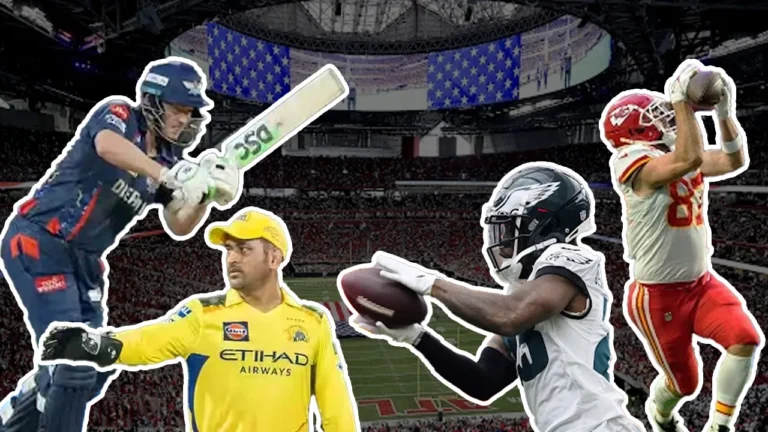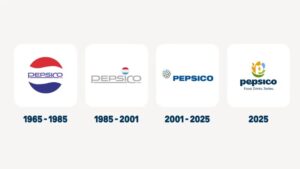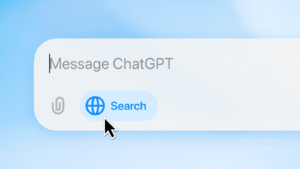Both the Super Bowl and the Indian Premier League (IPL) are colossal sporting spectacles, magnets for massive viewership and even bigger ad spends. Yet, when it comes to cultural impact and creative ambition, the ads aired during these events couldn’t be more different. Super Bowl commercials spark global conversations, win awards, and become part of pop culture. IPL ads? Often catchy, sometimes funny, but rarely unforgettable.
So, what holds Indian advertisers back from creating iconic campaigns on cricket’s biggest stage?
Super Bowl: Advertising’s Biggest Stage
Every February, the Super Bowl transforms into more than just a game—it becomes a battleground for the world’s most ambitious brands. The commercials are treated like cinematic events, built to entertain, provoke, and linger in public memory.
Take Apple’s legendary “1984” ad. Directed by Ridley Scott, it nearly didn’t air because Apple’s board found it too risky. But founders Steve Jobs and Steve Wozniak insisted. That leap of faith didn’t just sell computers—it made advertising history. As Independent Creative Director Sumanto Chattopadhyay puts it: “Doing truly breakout advertising requires gumption and guts—which most Indian advertisers, including founders, lack.”
IPL: Massive Reach, Minimal Risk
The IPL offers a similarly vast platform—two months of near-continuous prime-time slots and millions of eyeballs. But despite this opportunity, IPL ads rarely generate lasting buzz. Yes, we’ve had the ZooZoos and some quirky CRED spots, but where is IPL’s version of “The Man Your Man Could Smell Like” or “Think Different”?
The difference lies in intent. For many Indian brands, IPL is about safe, wide exposure, not creative audacity.
Adarsh Atal, Group Chief Creative Officer at Quotient Ventures, breaks it down: “For many brands, IPL is a sure-shot way to get reach. For some, it’s about spectacle. But that ambition often stops short of creative bravery.”
Cost vs. Creativity: A Tug of War
One major hurdle is cost. IPL ad slots are expensive, pushing brands toward conservative choices. As Kuber Chopra, Founder of Rasta, explains, “New-age brands are under pressure to show immediate ROI. Unless you’re a pan-India player, IPL’s cost may not be justifiable without exceptional creative.”
The result? Ads that play it safe. Quick product mentions. Celebrity cameos. Catchy jingles. Functional messages wrapped in familiar packaging.
Suyash Khabya, CCO at The Womb, cuts to the chase: “One of the biggest reasons for the low creative quality of IPL ads is the 20-second format. You can’t build emotion or drama in that time. You can barely crack a joke.”
Dream11: A Template for Breaking the Mold
This year, Dream11 managed to bend the format. Their campaign, starring Aamir Khan and Ranbir Kapoor among others, began with a 2.26-minute film packed with meta-humour and narrative flair. Follow-up ads—short 20-seconders—played during matches, extending the storyline. It’s a clever workaround: build the buzz outside match airtime, then reinforce it during the game.
But this approach is still rare. As Atal points out, “Not enough brands are using the pre-tournament phase creatively. There’s buzz. There’s attention. Why not capitalize on it with longer, richer storytelling?”
Spectacle vs. Sell: What Super Bowl Gets Right
Super Bowl ads don’t just sell—they seduce. From Budweiser’s tear-jerking Clydesdale spots to outrageous celebrity-driven humour, these commercials aim for emotional impact and entertainment value. They become events in their own right.
In contrast, IPL ads lean heavily on celebrity endorsements to cut through the clutter. But a famous face alone isn’t enough. Often, the message gets lost behind the messenger.
Chattopadhyay argues that the real opportunity lies in boldness: “Great advertising often starts with someone breaking the rules. The system isn’t designed for risk-taking—it’s designed to tick boxes. But the standout work often sneaks past those checks.”
Cultural Context Matters
Some of the disparity is cultural. As Chopra notes, “America is a hyper-consumerist society. The Super Bowl is advertising’s high holiday. Brands want to be part of the conversation to show they’ve arrived. India’s getting there, but we’re not quite there yet.”
The media ecosystem also plays a role. In the U.S., ad critique is a serious business. Trade media, cultural commentators, and consumers dissect Super Bowl spots the moment they air. In India, IPL ads don’t face the same level of scrutiny or celebration.
A Marathon, Not a Sprint
Unlike the Super Bowl’s single-night blitz, the IPL is a marathon—65 days of games, spread across diverse demographics. That changes the creative strategy.
“Atal notes, “IPL is a season in this country. The idea shouldn’t be a single splash—it should be an evolving campaign. But brands still focus on just being on screen. They miss out on the broader conversation.”
There’s huge untapped potential in engaging fans online—through memes, second-screen experiences, influencer tie-ins, and more. Some brands, like CRED, are experimenting with this. But most stick to the old TV-first playbook.
What Needs to Change
- Rethink Spend Priorities: Instead of blowing the entire budget on airtime, invest in top-notch creative. A single, unforgettable ad shown a few times can outperform bland repetition.
- Go Beyond TV: The IPL is as much an internet phenomenon as a cricket one. Brands must create campaigns that live and breathe across platforms.
- Use the Pre-Season Wisely: The weeks before the IPL are ripe for storytelling. Don’t wait for the matches to start.
- Foster a Culture of Risk: Great work often requires breaking through internal resistance. Agencies and clients need to reward bold thinking—not just box-ticking.
- Build a Narrative Arc: Like Dream11, use long-form content to set the stage, then slice it into shorter, match-friendly formats. Let the story unfold across weeks, not seconds.
Final Over
The creative gap between Super Bowl and IPL ads isn’t just about format or budget. It’s about mindset. The Super Bowl is a playground for daring, experimental storytelling. The IPL, despite its scale, is still treated as a media buy first and a creative opportunity second.
That can change. But only if Indian brands start aiming not just for reach—but resonance.













